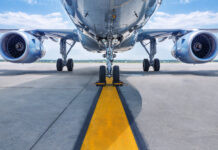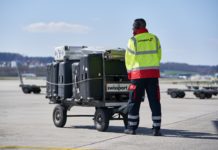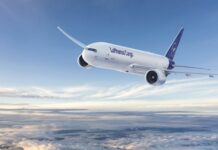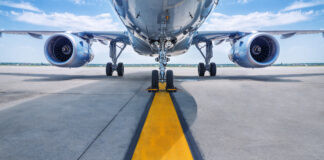Air France-KLM’s plan to develop low-cost affiliate Transavia’s domestic operation has cleared its last major hurdle after the flag carrier’s largest pilots’ union approved the proposal.
The Syndicat National des Pilotes de Ligne (SNPL) accepted Transavia’s expansion in France under the condition a previously proposed project to develop the low-cost unit across Europe be shelved. Pilot opposition to plans for Transavia’s European expansion sparked a record two-week strike in September that cost Air France an estimated 330 million euros.
The accord came after the SNPL revealed results of a pilots’ referendum that saw 53 per cent of participants backing Transavia’s development in France – a figure that increased to 60 per cent among SNPL members. More than 200 Air France pilots have volunteered to fill the 72 positions available at Transavia France and the agreement will also see the introduction of integrated career management for Air France and Transavia pilots, as well as a joint seniority list.
Air France chairman and chief executive officer, Frédéric Gagey, says: “We welcome the positive outcome of this consultation which puts an end to a period of uncertainty. The majority of pilots have chosen to accompany us in our growth strategy on the low-cost market with Transavia.” September’s two week strike – over a dispute between Air France-KLM and the SNPL which feared expansion of the budget airline across Europe would see jobs being exported – cost the airline an estimated 20 million euros a day. It contributed to a 79.2 per cent reduction in profits for the first nine months of 2014 compared to the same period of the previous year.
Air France-KLM cargo revenue for the first nine months of 2014 contributed to the airline’s overall profit drop after it fell by six per cent to 1.9 billion euros, making a loss of 181 million euros compared to 184 million euros for the same period of 2013 .
The company says it remains committed to its strategic plan of breaking even by 2017 and being profitable by 2020, part of which involves cutting its freighter fleet from 14 to five by the end of 2016.













